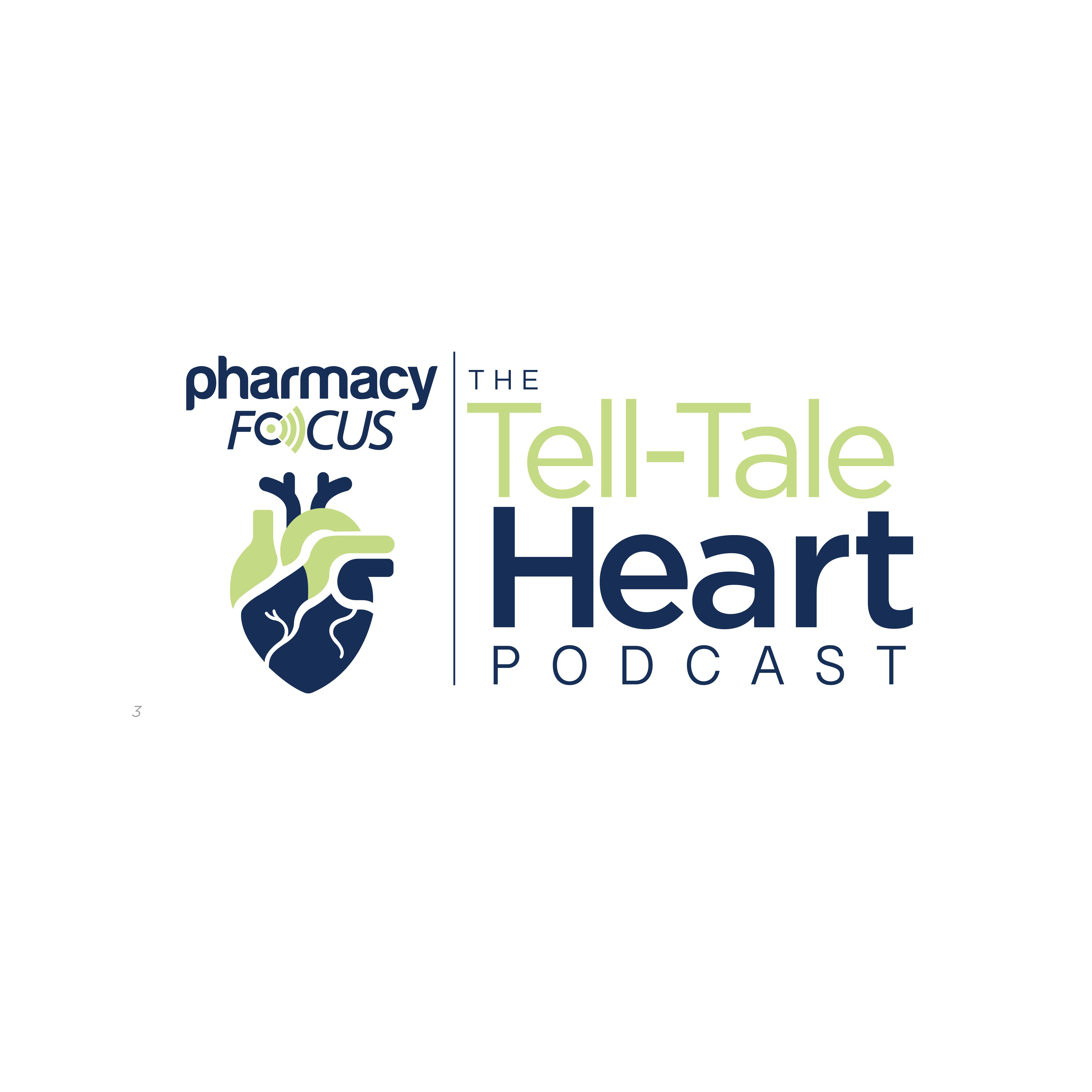
Feature
Video
Navigating the Complexities of Palliative Care for Patients With Comorbidities and Complicated Symptoms
Expert discusses the challenges faced by pharmacists in palliative and hospice care.
In an interview with the Pharmacy Times, Justin Kullgren, PharmD, FAAHPM, Palliative Medicine Clinical Pharmacist Specialist and PGY2 Pain Management & Palliative Care Residency Program Director at The Ohio State University Wexner Medical Center, James Cancer Hospital, shares insights into palliative care and common challenges faced by pharmacists treating patients with complicated symptoms. He discusses the complex nature of patient cases in palliative care, emphasizing the importance of effective treatment management, pain tolerance, and overcoming patient barriers to treatment.
Pharmacy Times: When working with patients with complicated symptoms in a palliative care setting, how frequently are these symptoms due to comorbidities or adverse effects to treatment?
Justin Kullgren, PharmD, FAAHPM: I've always thought about when we're treating patients, we need to make sure that we are effectively treating [the condition] with medication or other non-PHARM things from an efficacy perspective. So, what are we doing to make sure this is going to work for the patient? Number 2 is we also have to be aware of how they're going to tolerate this medication. So, sometimes tolerability really plays into complicating that we may have a drug that is best for the symptom. Though, the patient doesn't tolerate it for one reason or another. It may not be a side effect that we commonly see. That really leads us to think about different approach. Unfortunately, though very real, one of the biggest complicating factors for patients is abilities to get the medication. Whether that’s due to availability, we know there are a lot of drugs shortages. Or, very unfortunate, insurance. I would say the drug shortages has had a large impact in us supporting patients and there's some two-management complicating what we do. But insurance has become a major barrier. It delays oftentimes our patients getting the medications they need, sometimes resulting in unnecessary hospitalizations. So, a third bucket that I think about is the practicality. We think about if a medication is going to work, absolutely we hope so, are side effects intolerable? And then that last bucket is for practicality aspects meaning we can actually get it. And more and more we're finding roadblocks and barriers from insurances that do make it harder for us to care for our patients.
Pharmacy Times: What are some of the challenges that can arise for pharmacists when working with patients in hospice care who may be going through complicated symptoms?
Kullgren: I appreciate you asking this question in the way that you did, too. Because though they're related, we recognize palliative care is really supporting any patient through a life limiting illness, or potentially a serious illness. So, we care for plenty of patients who have cure as the intent. We have them for that treatment pathway. And we also care for a lot of patients who have a very long prognosis, several years, with bad disease. And then hospice is really just the last 6 months of palliative care by philosophy, right? Now, what distinguishes hospice is really that the payer status often being through Medicare. But when thinking about what challenges we arrive, let's start with hospice. Oftentimes, a philosophy of hospice is to help the patient or patient's loved ones who care for them in their environment, usually at home. So, in this situation, we have to think about the trajectory of the patient, where are they at where they're going to be and who's supporting them. Oftentimes we're limited by who is at the home, what is their understanding of medication. We have to often think about regimens that are more manageable for those who are at home, we have to project the ability of the patient to swallow said medications or have some sort of route administration. So, for hospice, you’re truly making sure that a plan can be really run by whoever is in the home. And oftentimes, we're talking about an 80-year-old patient being cared for by an 80-year-old significant other. So, recognizing that in itself can be challenging.
Pharmacy Times: Are guidelines for complicated symptom management often available for the disease states that many patients in palliative care may be treated for, such as oncology?
Kullgren: So, I think one of the very interesting aspects of being palliative care and hospice pharmacists, is we often are extrapolating data. Like many other disciplines of pharmacy practice, we find ourselves practicing in the gray. Mainly because we don't have a lot of things to guide exactly how we should be thinking about approaching patients and scenarios. So, we have to go back to pharmacology and apply a lot of that to the concepts we're thinking about. And the wonderful thing in our practice to is when we're doing this is in conversation or concert with our teams, right? So, we're talking through a patient scenario, “Hey, what do you think about this? We don't have a lot of data to support. Here's what we do know from a few case reports. This is a symptom that's causing most distress. We feel like that this might be helpful with the least amount of side effects. But I don't have a lot of data to support this.” So that's thankfully, because we're so comfortable practice in the unknown, we do this a good bit. It makes palliative care and hospice kind of exciting in some ways, but also kind of nerve wracking and others when you don't have that guideline set to drop back to. But yes, we are seeing palliative care include more and more. But I can't say again, they're largely driven by data. It's formed by experience and consensus opinions.
Newsletter
Stay informed on drug updates, treatment guidelines, and pharmacy practice trends—subscribe to Pharmacy Times for weekly clinical insights.
2 Commerce Drive
Cranbury, NJ 08512
All rights reserved.





